| Columns Retired Columns & Blogs |
You might want to space this article further away from Ken Shindo's death announcement...
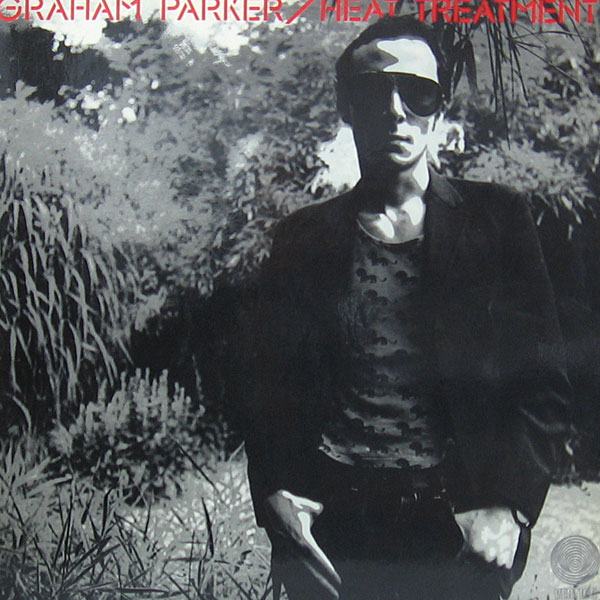
Graham Parker: Heat Treatment
Mercury SRM-1-1117 (LP). 1976. Robert John Lange, prod., eng.; Dave Charles, Pete Kelsey, engs. AAA. TT: 35:41
Heat Treatment is Graham Parker's second and most upbeat album—or, more correctly, the one that comes closest to being upbeat. A friend once described it as "Graham Parker for beginners," a characterization that seems even more apt today, 35 years and 50 or so albums later. It's an engaging mix of up-tempo numbers and ballads, and Parker's edgy singing is served well by the Rumour's backup and Mutt Lange's production. True, Heat Treatment isn't as brilliantly caustic as such later albums as Squeezing Out Sparks, but it's the one I reach for first and most often.
Jimmy Buffett: Changes in Latitudes, Changes in Attitudes
ABC AB-990 (LP). 1977. Norbert Putman, prod.; Marty Lewis, Alex Sadkin, engs. AAA. TT: 41:28
In 1977, Jimmy Buffet was a not-quite-successful singer-songwriter with a bagful of catchy, good-time tunes and a gift for engaging audiences—typically, small ones—with entertaining patter about life in the Florida Keys. 1974's A1A was great, and those of us who saw Buffett in the dive bars he played loved him, but we never expected him to become wildly popular, or to create an album like Changes in Latitudes. The songs are all strong, the craftsmanship is first-rate, and the sound is pure analog at its clean, clear, harmonically rich best.
Mel Brooks's musical version of his film Young Frankenstein received mixed reviews when on Broadway, being often unfavorably compared to his previous musical-from-film, The Producers. However, the show received just about every Broadway.com Audience Award, and has been hugely successful in regional theater. I'm with the audience; I think Young Frankenstein is not only very funny, but has a more melodic score than almost all musicals of recent years (and certainly better than that of the much-hyped Book of Mormon). Brooks has a knack for writing tunes that at first sound familiar but then go their own way. The score is eclectic, with dramatic scenes, ballads, vaudeville, Kurt Weill, and even Gilbert & Sullivan thrown into the mix. The cast, led by Roger Bart, is topnotch, and the recording has a lively "Broadway" sound.
Lehár: Die Lustige Witwe (The Merry Widow)
Elisabeth Schwarzkopf, Hanna; Eberhard WÑchter, Danilo; Hanny Steffek, Valencienne; Nicolai Gedda, Camille; Philharmonia Orchestra, Lovro von Matacic
EMI CDS 7 47178 8 (2 CDs). 1963/1990. ADD. TT: 79:28
When opera companies develop financial difficulties because of dwindling audiences, there's one tried-and-true way of increasing the size of audiences: put on an operetta. Which operetta? Why, The Merry Widow! It's fun, and has some great music. Mind you, performing an operetta like this is not just a matter of playing and singing the notes as written in the score. There is the matter of style. And if the conductor and cast are insufficiently familiar with Viennese operetta style, they could not do better than to listen to this classic recording. Schwarzkopf is the most seductive of all widows, and Wächter is a blustery Danilo, with Gedda easily tossing off a high C in the pavilion aria. This 1963 recording made good use of what was then the new stereo technology.
We know he loved coffee, married twice, fathered loads of children, and once threw his wig at a bassoonist. But we know nothing—at least from the man himself—of the artistic motivation behind his greatest instrumental works. Did Johann Sebastian Bach's three sonatas and three partitas for solo violin comprise a numerological riddle? A loving tribute to his recently deceased first wife? Or were they simply the work of a 35-year-old man with a new job—one in which he was free, for perhaps the first time in his adult life, to compose secular music for his own satisfaction?
Likewise, modern listeners can only guess which of the many extant recordings of the sonatas and partitas come closest to expressing the intent of this most egoless of all Western composers. We can but love the ones that work the best—and Johanna Martzy's eerily intense performances, captured in EMI's richly present mono sound of the mid-1950s, do the job for me. Never mind the bollocks.
These three reissue LPs, by the London-based Electric Recording Company, present the music as it ought to be heard at home: tactile, dramatic, colorful, and altogether unignorable. I have yet to hear every iteration of Martzy's historic Bach, but it's difficult, if not impossible, for me to imagine these 2013 releases being surpassed, ever: They are the first three records I would snatch from a burning house. (XXXVI-7)
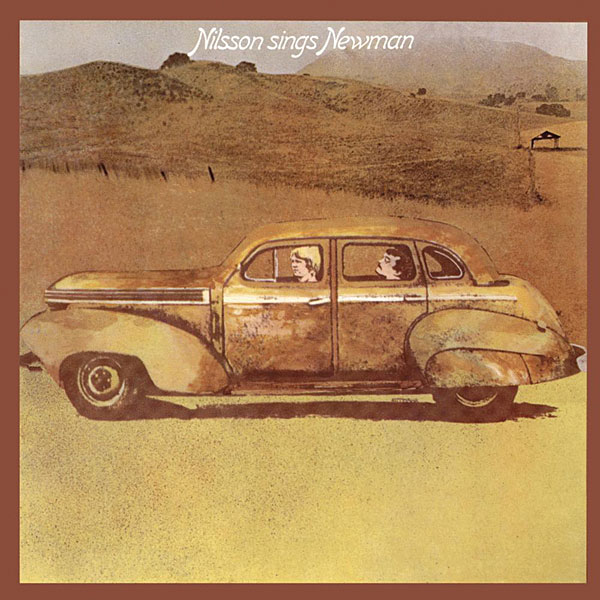
Harry Nilsson: Nilsson Sings Newman
RCA/Speakers Corner LSP-4289 (180gm LP). 1970/2013. Harry Nilsson, prod.; Grover Helsley, others, engs.; Willem Makkee, mastering. AAA. TT: 25:17
Released in February 1970, three months before Randy Newman's 12 Songs catapulted him to übercult status, Harry Nilsson's Nilsson Sings Newman is a short, sweet, complex tribute to the then-obscure Newman, who here accompanies the singer on piano. Nilsson pre-recorded Newman's piano and his own basic vocals at RCA Hollywood, then took the tapes to Wally Heider's, in San Francisco, where he added obsessive, complex, coke-fueled, background vocal overdubs and some instrumental accents. The deeper you listen, the more you'll appreciate Nilsson's impassioned singing, Newman's writing, and the intimate production, particularly the multipart background vocal overdubs. On quiet vinyl for the first time.
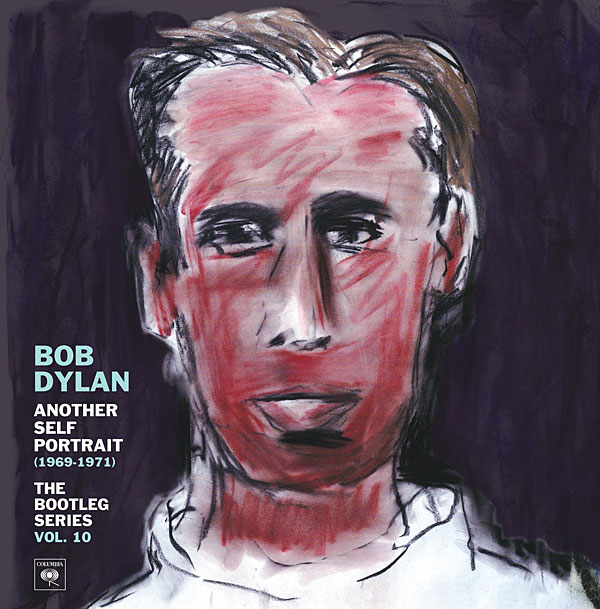
Bob Dylan: The Bootleg Series Vol.10: Another Self-Portrait (1969–1971)
Columbia/Legacy 88883-73489-1 (3 180gm LPs, 2 CDs). 1969–1971/2013. Bob Johnston, Al Kooper, orig. prods.; Neil Wilburn, Don Puluse, Glyn Johns, orig. engs.; Jeff Rosen, Steve Berkowitz, prods.; Greg Calbi, mastering. AAA/AAD. TT: 113:27
Surprisingly, the period wherein Dylan "threw it all away" turns out to be among the best in Columbia/Legacy's Bootleg Series. Mostly assembled from Self Portrait and New Morning demos, unreleased alternative versions, basic tracks without overdubs, some fragments, and a few tracks more complex than the versions originally released, Another Self Portrait showcases the liberated, pure-music-making Dylan unshackled from the chains of being his "generation's spokesperson," into which he'd arguably locked himself. Critics back then, such as Greil Marcus, wrote "What is this shit?"; fans thought likewise and felt betrayed. Reconsidered now, we can exult in Dylan's liberation, as Marcus does in his annotation here. Exemplary packaging and sound make the vinyl box a treasure. (XXXVI-11)
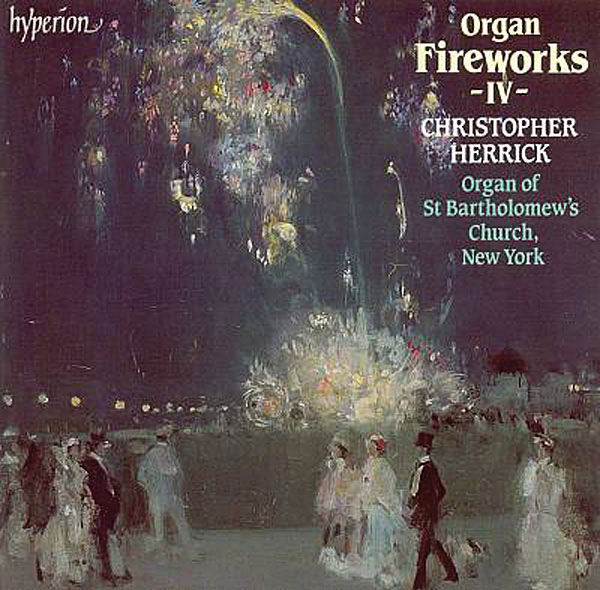
Christopher Herrick: Organ Fireworks IV
Music by Batiste, Bonnet, Bourgeois, Buck, Johnson, Handel, Lefébure-Wély, Lemare, Shostakovich, Vierne, Whitlock, Widor
Christopher Herrick, Organ of St. Bartholomew's Church, New York
Hyperion CDA66605 (CD). 1992. Paul Spicer, prod.; Christopher Greenleaf, eng. DDD. TT: 75:00
A fellow pipe-organ and subwoofer devotee and Stereophile reader clued me in to Christopher Herricks's 11 volumes of Organ Fireworks: recordings of 19th- and 20th-century organ music. Vol.IV features Herrick playing the 1918 Skinner/Hutchings pipe organ of St. Bartholomew's Episcopal Church, in New York City. Revised in 1971 by Aeolian-Skinner, it comprises 168 stops and 225 ranks. The recording captures the power and massiveness of the deep bass pedal chords, particularly in the Allegro of Widor's Organ Symphony 6. The clarity of the instrument's flute, orchestral reed, and brassy trumpet stops is startlingly evident in Dudley Buck's rousing Concert Variations on "The Star-Spangled Banner." The explosive, fortissimo ending of Shostakovich's Passacaglia will test the limits of any woofer, and makes this a recording I can't forget. No other recording quite yields the organ's sustained musical power or so clearly delineates its descending scales, or makes it so easy to determine a subwoofer's pitch definition or eases its ability to create "room lock" in my large listening area.
Scott Dettra: Majestus
Music by Barber, Bingham, Copland, Dupré, Franck, Howells, Walton, Willan
Scott Dettra, Great Organ of Washington National Cathedral
Loft LRCD-1114 (CD). 2009. Roger W. Sherman, prod., eng., mastering. DDD. TT: 65:15
Scott Dettra's program of "large-pipe organ" favorites was the final recording made of the Washington National Cathedral's Great Organ before it was replaced. Installed in 1938 and upgraded in 1975, the instrument had four manuals and 189 ranks. The pedal rank consisted of 37 pipes, including one 64', four 32', and eight 11' pipes. The liner notes detail the engineer's use of "proprietary 24-bit" technology, and the absence of any transformers in the signal path that might have produced upper-bass boom when reproducing the deepest pedal chords. Majestus has the widest dynamic range of any pipe-organ CD in my collection, justifying its warning label: "can damage your equipment if played too loudly." That warning should be heeded: Track 1, Copland's Fanfare for the Common Man, features two 8' pedal ranks and explosive bass-drum whacks. Thunderous pedal chords engaged the full power of a Revel Rhythm2 subwoofer (review in progress), producing terrific room lock and a sense of massive pressure—as I also heard with Dupré's Prelude and Fugue in B, Op.7 No.1, and Walton's Coronation March: Crown Imperial. The power, dynamic range, and great deep-bass extension of Majestus make it my reference recording for deep-bass pipe-organ music.
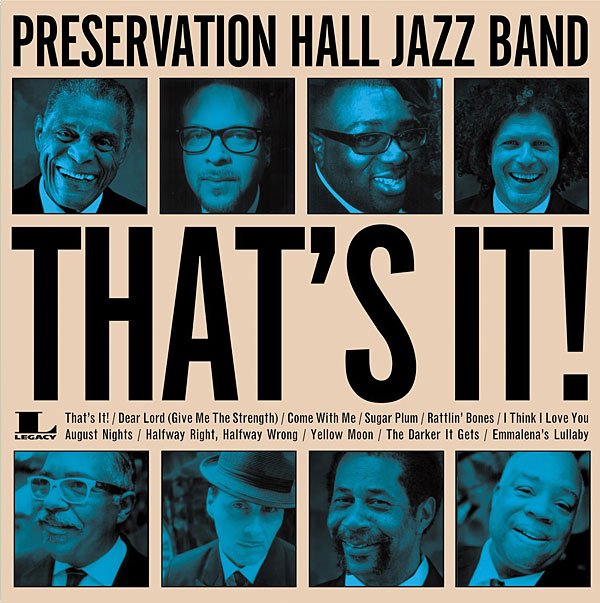
Preservation Hall Jazz Band: That's It!
Charlie Gabriel, clarinet, tenor saxophone; Clint Maedgen, tenor & baritone saxophone; Mark Braud, trumpet; Freddie Lonzo, trombone; Ronnell Johnson, tuba, piano; Ben Jaffe, tuba, string bass, banjo, percussion; Rickie Monie, piano; Joe Lastie Jr., drums
Columbia/Legacy 88883715212 (CD). 2013. Jim James, Ben Jaffe, prods.; Kevin Ratterman, eng.; Bob Ludwig, mastering. AAD? TT: 45:16
The Preservation Hall Jazz Band has been around for five decades, but they come out swinging on That's It!, recorded in New Orleans' Preservation Hall over a few days in late November 2012. The tunes sound like standards honed for ages, but in fact are all freshly penned originals, and the performances stand comparison with any of the band's best. Performances is the right word for it—I doubt there's any sort of processing or [gasp] Auto Tune going on here. PHJB play it like they mean it, and That's It! is the real deal.
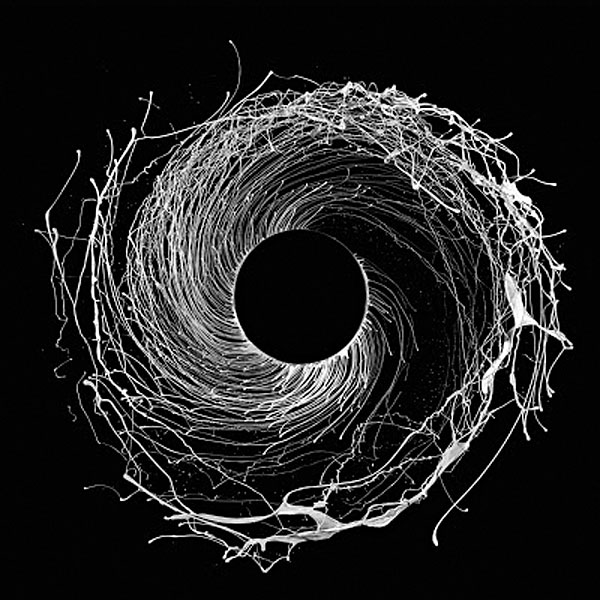
Dawn of Midi: Dysnomia
Amino Belyamani, piano; Aakaash Israni, bass; Qasim Naqvi, drums
Thirsty Ear THI 57206 2 (CD). 2013. Prod. unknown; Henry Hirsch, eng.; Simon Davey, mastering. AAD. TT: 46:54
Dysnomia is a jazz piano-trio recording like no other. The three players lay down deceptively simple lines that sound like tape loops, but Dawn of Midi played the entire, 47-minute long piece (divided into nine tracks) in one take, live to two-track, 2" analog tape. No samples or digital effects were used, but the band's shape-shifting harmonics and mesmerizing rhythms can at times sound electronically enhanced. Pianist Amino Belyamani played the keys with his right hand; his left was on the strings, partially muting them. The three players' lines orbit each other, creating dense patterns. I can't get enough of this CD.

You might want to space this article further away from Ken Shindo's death announcement...

Many thanks indeed to Art Dudley for his recommendation of Johanna Martzy's unaccompanied Bach … I had not even heard of her … her dark and intense rendition of the Chaconne has made my day (courtesy youtube).
Re EMI SACD of Oistrakh Brahms violin concerto (John Marks) — I have found the EMI transfers to SACD generally substandard (perhaps because EMI do not go direct from analogue tape to DSD and use some convoluted process with multiple unnecessary conversions between analog / digital and analogue, or perhaps because of excessive software cleaning/de-hissing/meddling, — in any event, the Oistrakh Brahms is distorted on my system.

Had heard about these recordings before but did not realise I could download them. Doing that now. Very cool. I always find music I need on the annual Stereophile R2D4 list. Kudos.
